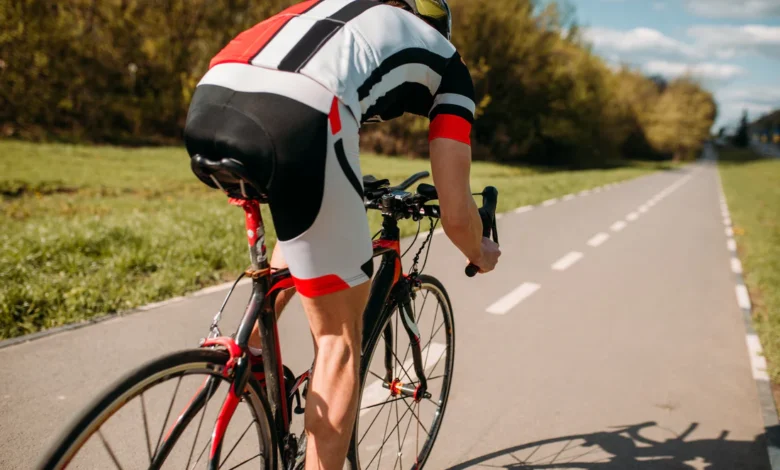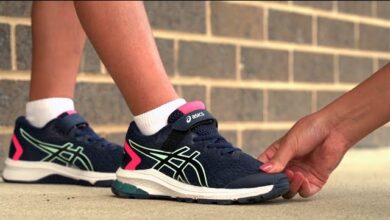Optimise Your Ride: The Ultimate Guide to Adjusting Your Bicycle Seat

A basic aspect of optimising your cycling experience is adjusting your cycle seat. Getting your saddle position correct makes a difference in your efficiency, enjoyment, and overall comfort on the cycle, whether you’re an experienced rider or a novice. This comprehensive post will take a look at the vital steps to help you learn how to adjust your cycle seat for utmost performance and comfort.
The Vitality of Correct Saddle Adjustment
Correct saddle positioning is essential for various reasons. It boosts comfort on extended rides and plays a vital role in injury prevention and enhancing pedalling effectiveness. Make sure your saddle is adjusted accurately to maintain a well-balanced posture, minimise stress on your joints, and optimise power transfer with every pedal rotation.
Determining the Right Saddle Height
The initial step in adjusting a boy’s or girl’s cycle seat is to find the right saddle height. An effortless technique is the heel approach: place your heel on the pedal at its lowest position, ensuring your leg fully extends without overextending the knee. Another method is to use a smartphone camera to capture your pedalling motion, which can reveal any anomalies that suggest an improper saddle height.
Adjusting Saddle Position and Angle
After establishing the appropriate saddle height, fine-tune the saddle angle and horizontal placement. While a level saddle is typically advised, minor alterations can be explored depending on individual preference and riding technique. Experiment with slight adjustments to discover the ideal angle that offers comfort and stability. Moreover, verify that your saddle is positioned horizontally to disperse weight and avoid discomfort evenly.
Tips for a Perfect Saddle Setup
Below are some of the proven tips to have a perfect saddle setup:
- Monitor and adapt your saddle height to suit evolving riding conditions or personal preferences.
- Explore minor tweaks to refine saddle angle and placement for maximum comfort.
- Consult a professional bicycle fitting specialist for tailored guidance on achieving an ideal saddle configuration aligned with your body mechanics.
Additional Tips for Optimal Saddle Adjustment
Here are some more tips for optimal saddle adjustment:
- Opt for a premium bicycle seat that complements your riding technique and physique.
- Mind the tilt of your saddle; even slight adjustments in the forward or backward angle can influence comfort and efficiency.
- Pause periodically on extended journeys to reposition yourself on the seat and alleviate any discomfort.
Enhanced Riding Experience
Creating an ideal saddle arrangement for your gear or gearless cycle extends beyond physical tweaks. It involves fostering conditions that elevate your biking journey holistically. Consider cushioned biking attire for enhanced ease, adequate hydration to stave off muscle cramps, and consistent stretching routines to preserve suppleness during extended outings.
- Maintenance and Care
Maintaining your bike saddle’s durability and peak functionality requires consistent upkeep. Routinely cleanse your saddle using gentle soap and water, scrutinise for indications of deterioration or harm on both saddle and seat post, and apply lubrication to mobile components as necessary to ward off any creaks or rigidity.
Final Words
Becoming proficient in adjusting your bike seat is an ongoing process that can significantly elevate your biking journey. By adhering to the steps in this manual, from identifying the appropriate saddle height to refining the angle and placement, you can establish a configuration that fosters comfort, effectiveness, and overall excellence on the bike. Seize command of your cycling experience by guaranteeing that your bike seat is impeccably tailored to meet your specific requirements.



